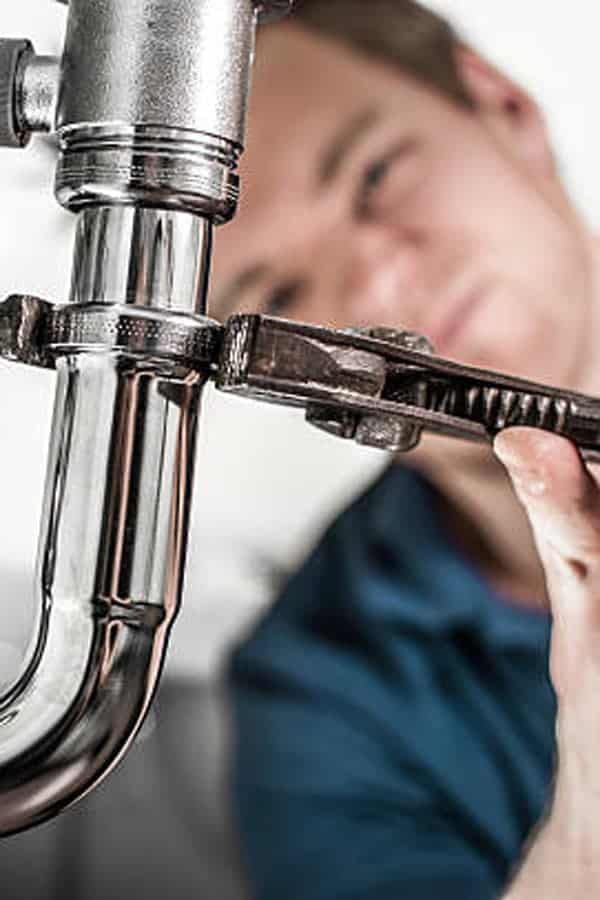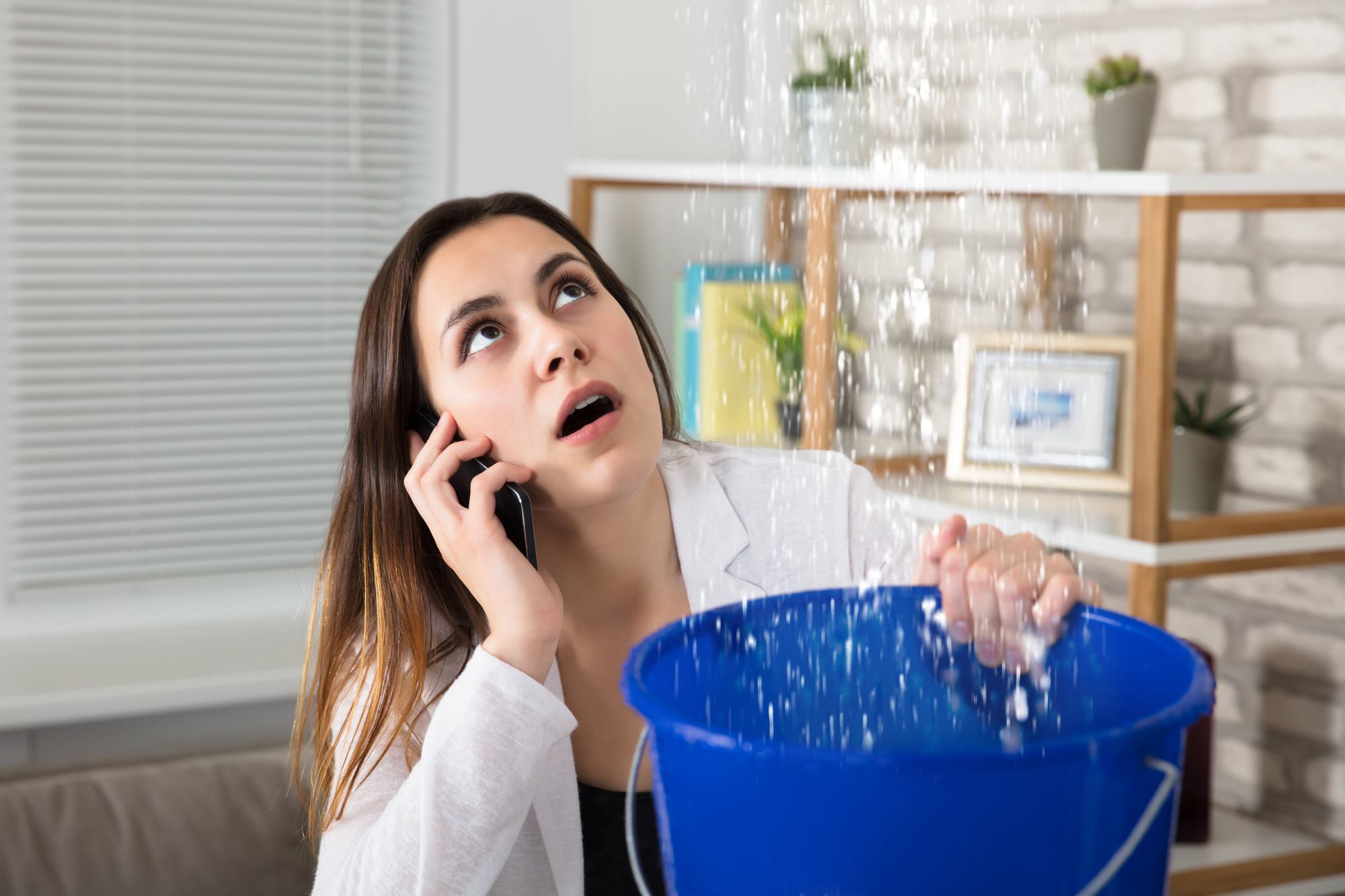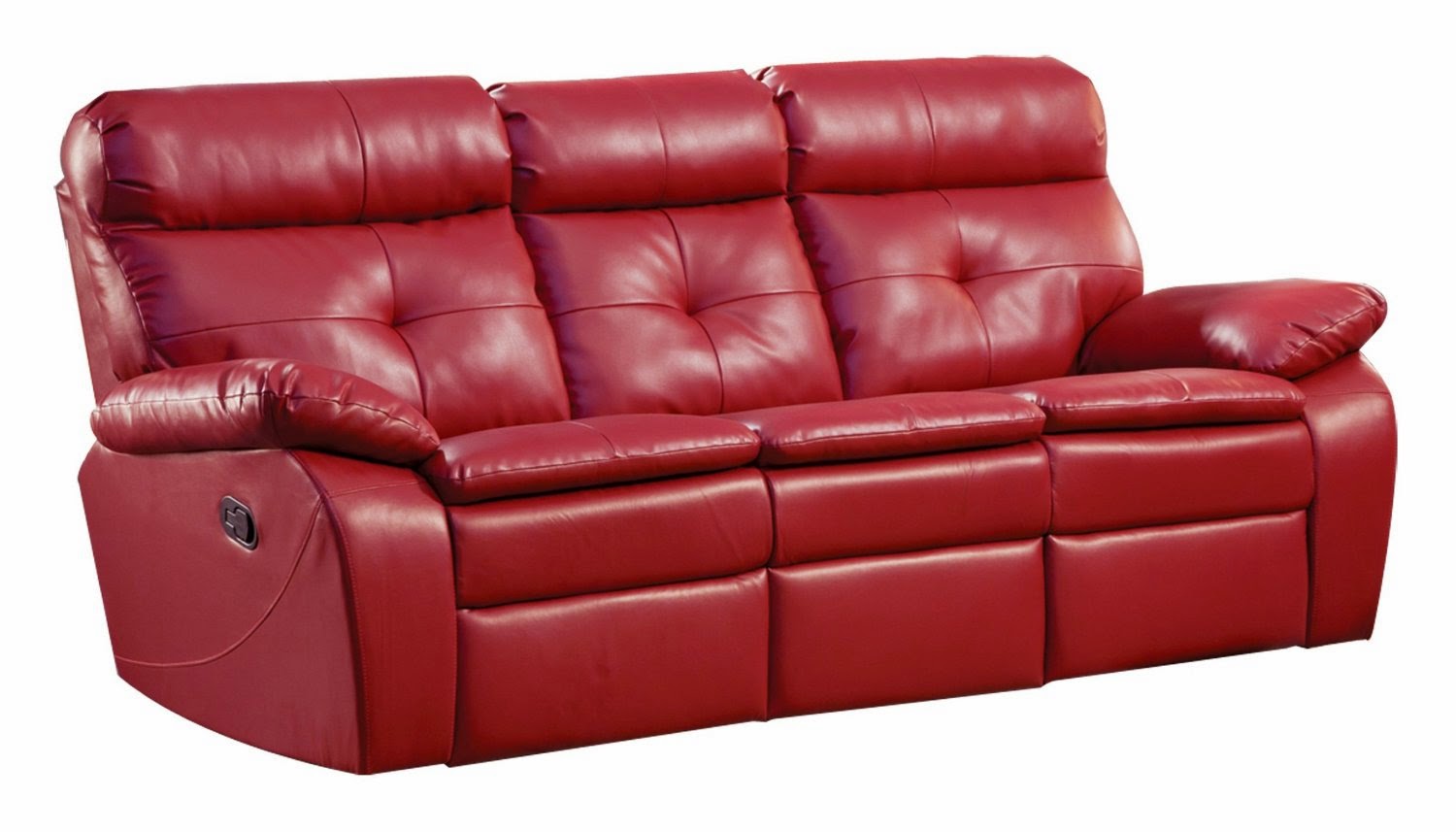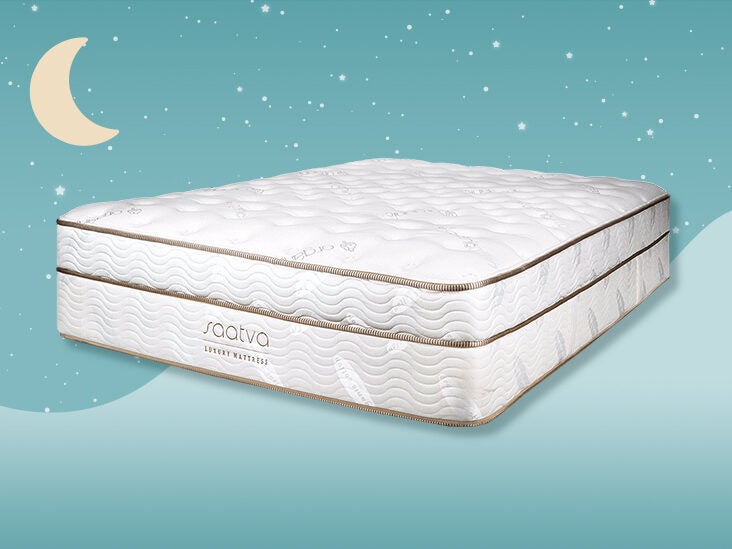If you're experiencing a sudden drop in water pressure at your kitchen sink, the first thing you should do is check the aerator. This small mesh cap is located at the end of your faucet and can easily become clogged with debris or mineral deposits. Simply unscrew the aerator and clean it out with a brush or soak it in vinegar to remove any buildup. Once it's clean, reattach it and check if your water pressure has improved.Check the aerator
The next step in troubleshooting low water pressure at your kitchen sink is to check the water supply valve. This valve, usually located under the sink, controls the flow of water to the faucet. Make sure it is fully open and not partially closed, which can restrict water flow. If the valve is fully open and you're still experiencing low water pressure, it may be time to replace it.Check the water supply valve
Clogged pipes can also contribute to low water pressure in your kitchen sink. To check for clogs, turn off the water supply and disconnect the pipes under the sink. Use a small brush or a plumbing snake to clear out any obstructions in the pipes. Once you've cleared the clog, reattach the pipes and turn the water supply back on to see if your water pressure has improved.Check the pipes for clogs
If your kitchen sink has a single-handle faucet, the cartridge inside may be the culprit for low water pressure. Over time, this cartridge can become worn or clogged, restricting water flow. To fix this issue, you'll need to replace the cartridge. Consult your faucet's manual or contact the manufacturer for specific instructions on how to replace the cartridge.Check the faucet cartridge
Every home has a water pressure regulator, which controls the water pressure coming into your house. If this regulator is not functioning properly, it can result in low water pressure at your kitchen sink. You can check the water pressure by attaching a pressure gauge to an outdoor faucet. If the pressure is below 40-45 PSI, you may need to adjust or replace the regulator.Check the water pressure regulator
Leaky pipes can also cause low water pressure at your kitchen sink. Inspect the pipes under your sink and look for any signs of leaks, such as water stains or puddles. If you find a leak, you'll need to repair or replace the affected pipes. It's important to fix leaks quickly to prevent further damage and improve your water pressure.Check for leaks in the pipes
If you have a gas water heater, it's possible that the pilot light has gone out, resulting in low water pressure at your kitchen sink. Check the water heater and relight the pilot light if necessary. You should also check the temperature settings on your water heater, as a lower temperature can also result in lower water pressure.Check the water heater
If you have a water softener system in your home, it's important to maintain it regularly. Over time, the resin beads in the system can become saturated and need to be replaced. If your water softener is not functioning properly, it can result in low water pressure. Check the system and replace any necessary parts to improve your water pressure.Check the water softener
If you have a water filtration system in your home, the filter may need to be replaced. A clogged or dirty filter can restrict water flow and result in low water pressure at your kitchen sink. Check the manufacturer's instructions for how often the filter should be replaced and make sure to follow their recommendations.Check the water filter
If you've tried all of the above steps and are still experiencing low water pressure at your kitchen sink, it may be time to call a professional plumber. They have the expertise and tools to diagnose and fix any underlying issues that may be causing your low water pressure. Don't hesitate to call for help if you're unable to resolve the issue on your own. In conclusion, experiencing low water pressure at your kitchen sink can be frustrating and inconvenient. However, by following these troubleshooting tips and seeking professional help when needed, you can improve your water pressure and enjoy a fully functioning kitchen sink once again.Call a plumber for professional help
Why You May Be Losing Water Pressure at Your Kitchen Sink
 If you're experiencing a decrease in water pressure at your kitchen sink, you're not alone. Many homeowners face this issue, and it can be frustrating and inconvenient. There are several possible reasons why this may be happening, and understanding these causes can help you find the right solution and get your water pressure back to normal.
If you're experiencing a decrease in water pressure at your kitchen sink, you're not alone. Many homeowners face this issue, and it can be frustrating and inconvenient. There are several possible reasons why this may be happening, and understanding these causes can help you find the right solution and get your water pressure back to normal.
1. Clogged Pipes and Aerators
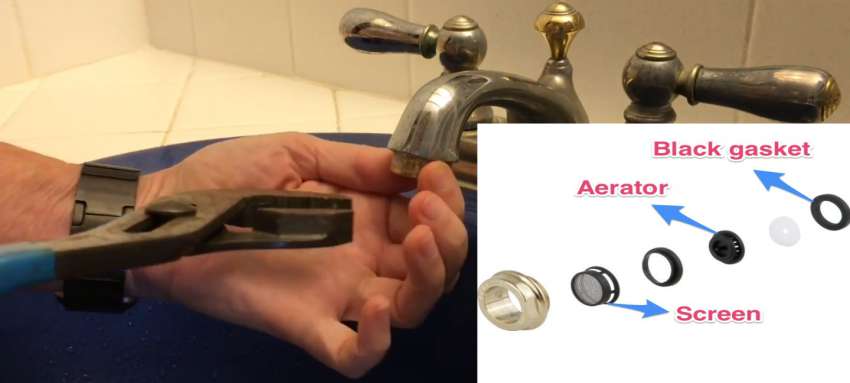 One of the most common reasons for low water pressure in the kitchen sink is clogged pipes and aerators. Over time, debris, sediment, and mineral deposits can build up in your pipes and aerator, restricting the flow of water. This can happen more frequently if you have hard water, which contains high levels of minerals. To fix this issue, you can try cleaning out your pipes and aerator with a mixture of vinegar and water. If the clog is severe, you may need to call a professional plumber.
One of the most common reasons for low water pressure in the kitchen sink is clogged pipes and aerators. Over time, debris, sediment, and mineral deposits can build up in your pipes and aerator, restricting the flow of water. This can happen more frequently if you have hard water, which contains high levels of minerals. To fix this issue, you can try cleaning out your pipes and aerator with a mixture of vinegar and water. If the clog is severe, you may need to call a professional plumber.
2. Faulty Pressure Regulator
 Another possible cause of low water pressure is a faulty pressure regulator. This device is responsible for controlling the pressure of water coming into your home. If it is not functioning properly, it can lead to low water pressure in your kitchen sink and other areas of your home. In this case, you will need to call a plumber to replace the pressure regulator.
Another possible cause of low water pressure is a faulty pressure regulator. This device is responsible for controlling the pressure of water coming into your home. If it is not functioning properly, it can lead to low water pressure in your kitchen sink and other areas of your home. In this case, you will need to call a plumber to replace the pressure regulator.
3. Old or Damaged Pipes
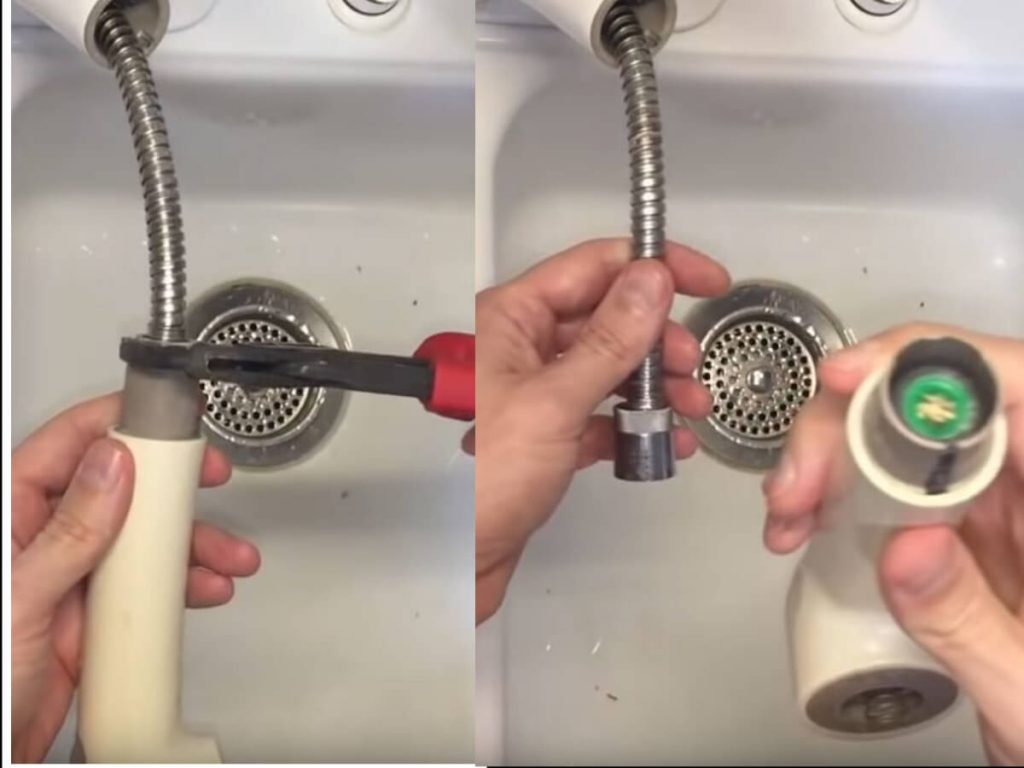 If you live in an older home, your pipes may be old and corroded, leading to reduced water pressure. This is especially true if you have galvanized steel pipes, which are prone to rust and corrosion over time. In this case, the best solution is to have your pipes replaced with newer, more durable materials.
If you live in an older home, your pipes may be old and corroded, leading to reduced water pressure. This is especially true if you have galvanized steel pipes, which are prone to rust and corrosion over time. In this case, the best solution is to have your pipes replaced with newer, more durable materials.
4. Water Supply Issues
 Sometimes, the issue may not be with your plumbing system but with the water supply itself. If there is a problem with your municipal water supply, such as a water main break or maintenance work, it can affect the water pressure in your home. Contact your local water company to see if there are any known issues with the water supply in your area.
Sometimes, the issue may not be with your plumbing system but with the water supply itself. If there is a problem with your municipal water supply, such as a water main break or maintenance work, it can affect the water pressure in your home. Contact your local water company to see if there are any known issues with the water supply in your area.
5. Incorrect Pipe Sizing
 If your kitchen sink was recently installed or remodeled, the issue may be due to incorrect pipe sizing. If the pipes leading to your sink are too narrow, it can restrict the flow of water and cause low water pressure. This is a common issue when DIY plumbing work is done, and it's best to have a professional plumber assess and fix the problem.
In conclusion, there are several possible reasons why you may be experiencing low water pressure at your kitchen sink. By understanding these causes and seeking professional help if needed, you can restore your water pressure and enjoy a fully functional kitchen sink once again. Don't let low water pressure disrupt your daily routine, take action and get your kitchen back to its full potential.
If your kitchen sink was recently installed or remodeled, the issue may be due to incorrect pipe sizing. If the pipes leading to your sink are too narrow, it can restrict the flow of water and cause low water pressure. This is a common issue when DIY plumbing work is done, and it's best to have a professional plumber assess and fix the problem.
In conclusion, there are several possible reasons why you may be experiencing low water pressure at your kitchen sink. By understanding these causes and seeking professional help if needed, you can restore your water pressure and enjoy a fully functional kitchen sink once again. Don't let low water pressure disrupt your daily routine, take action and get your kitchen back to its full potential.










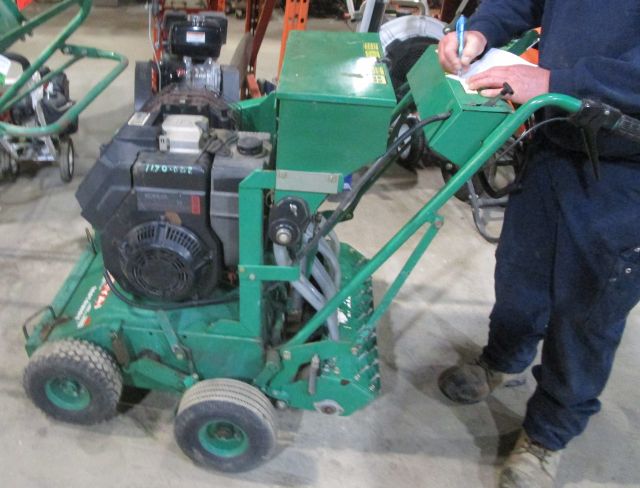
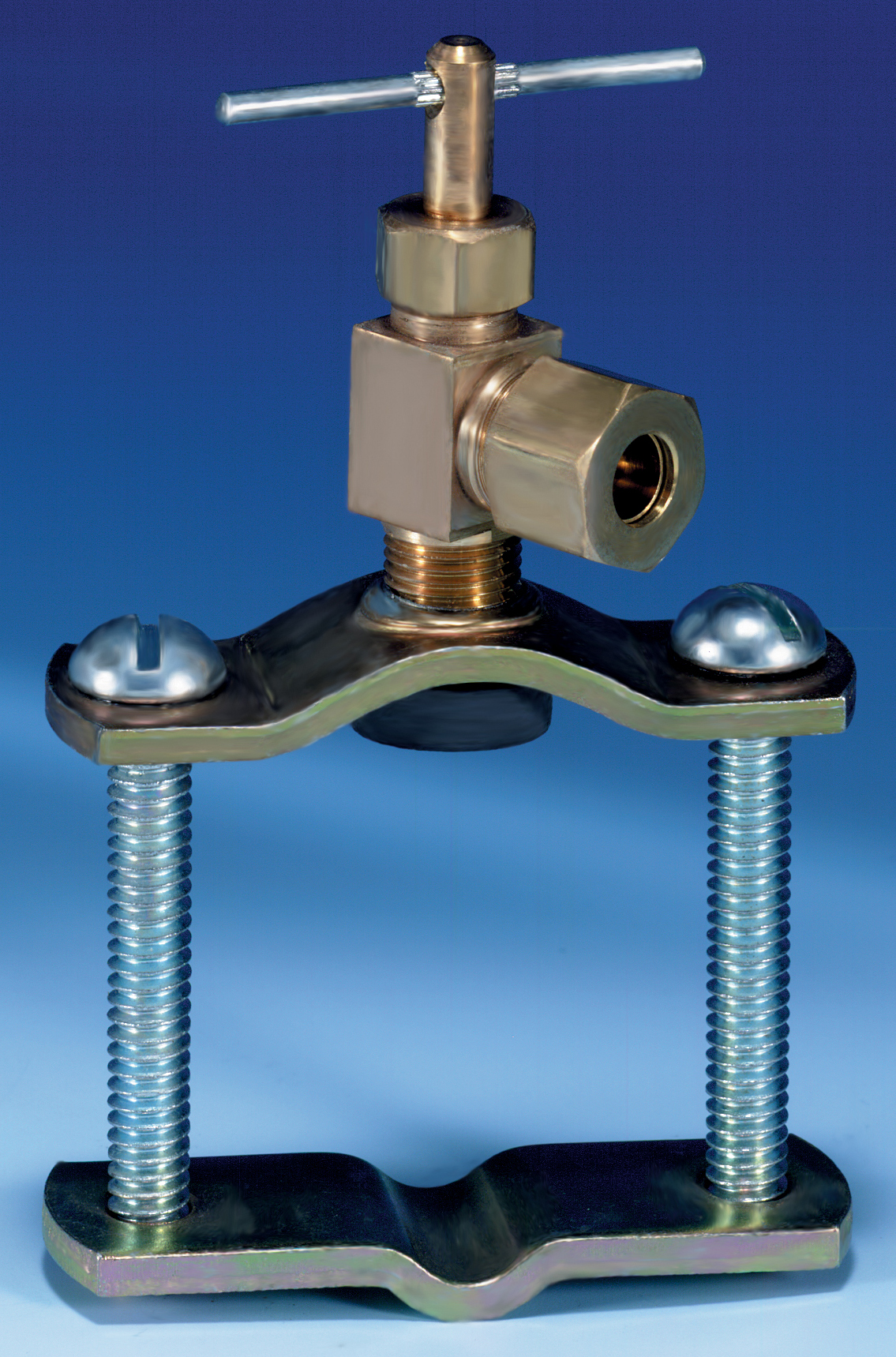





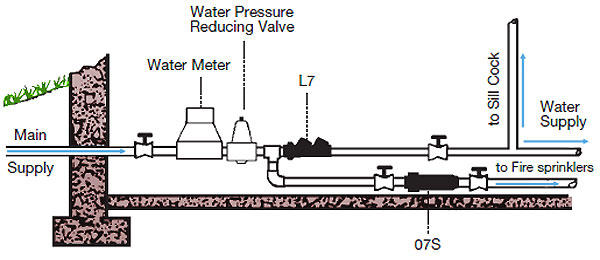
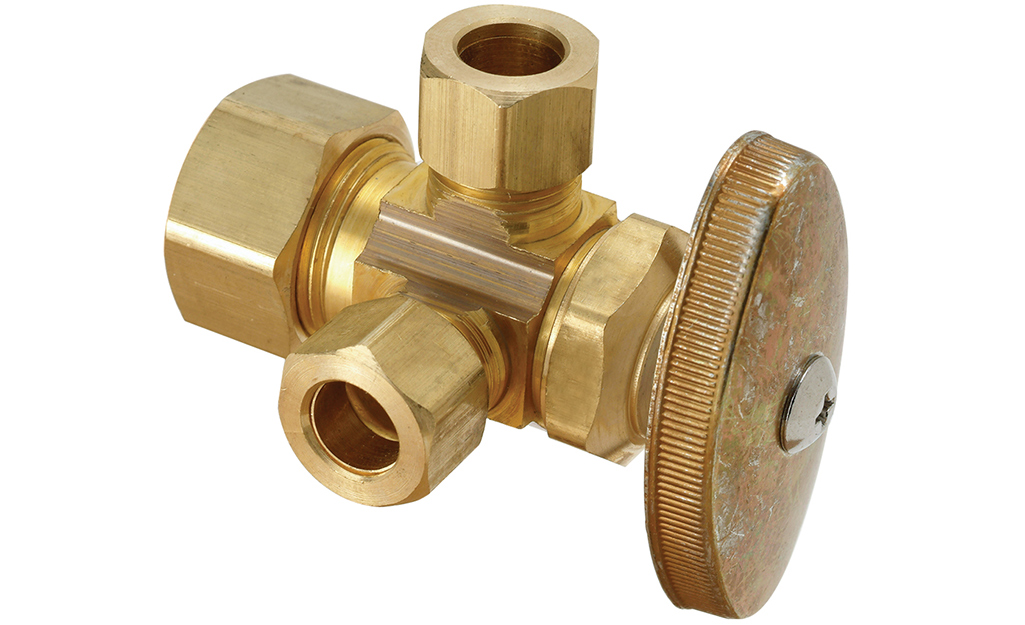


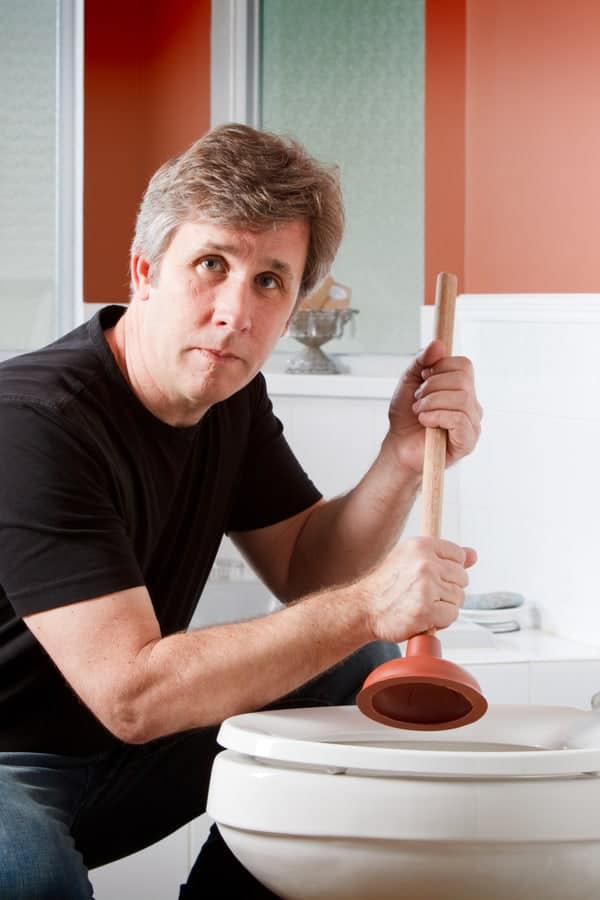


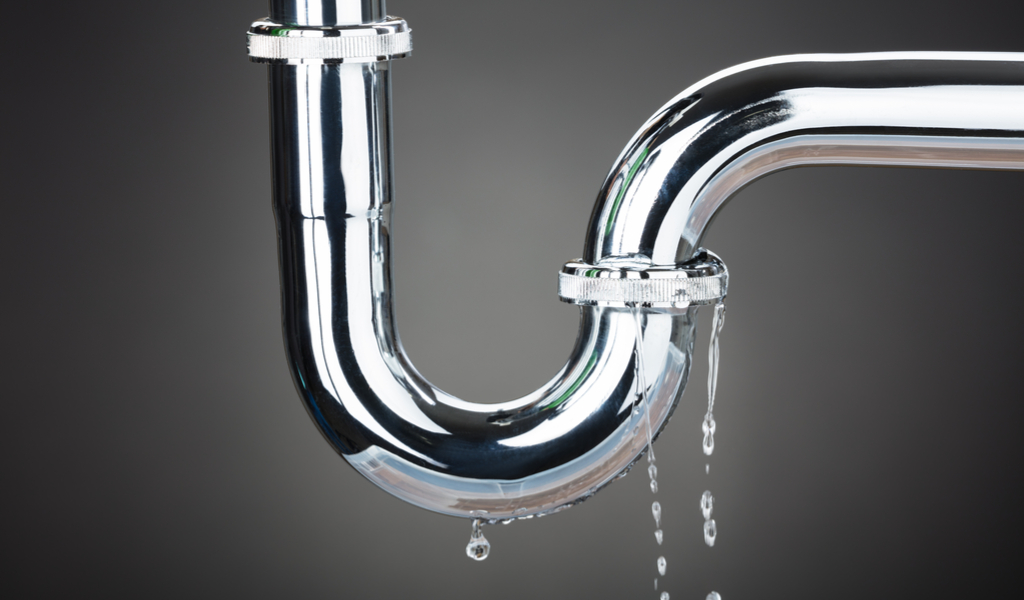




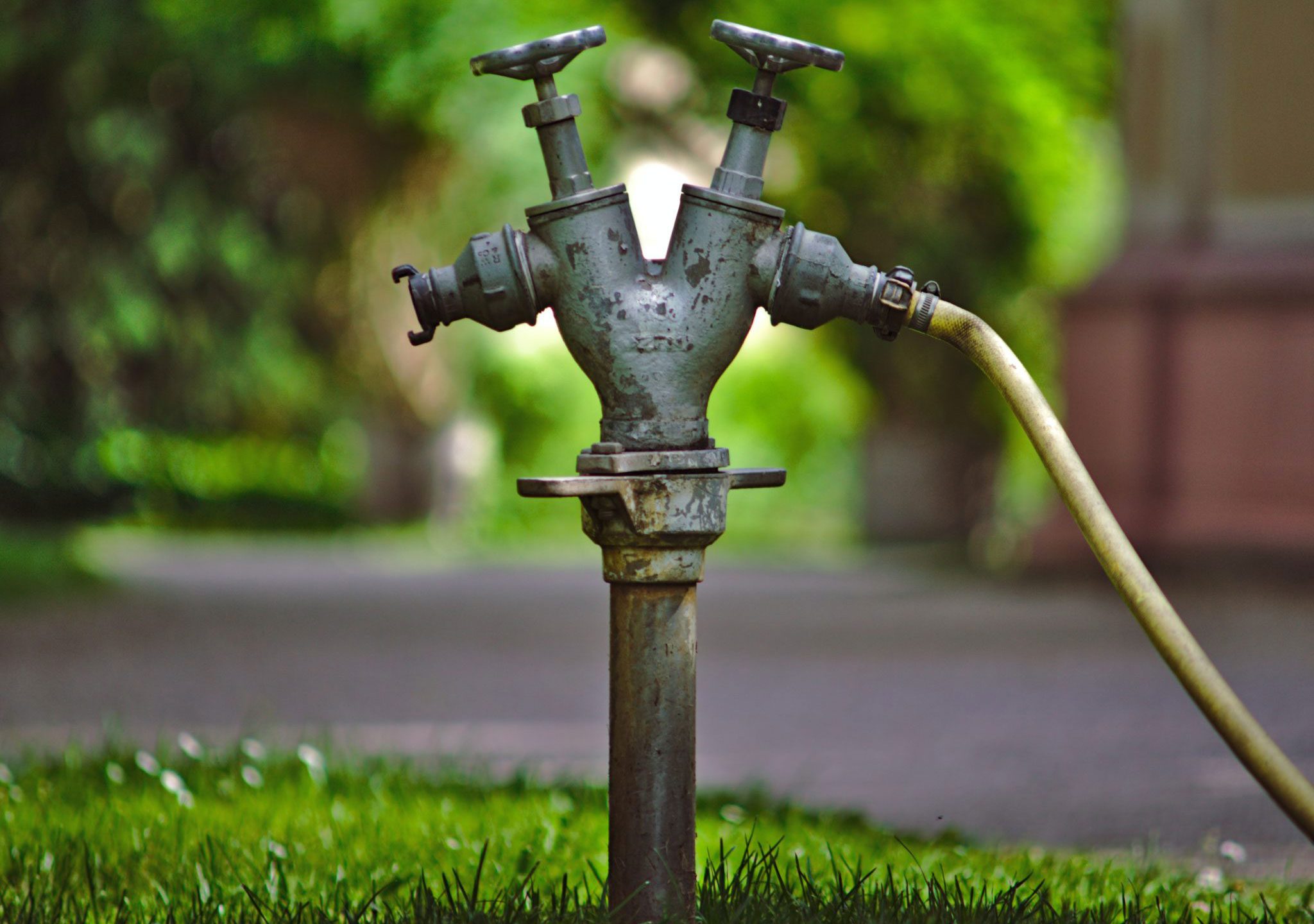



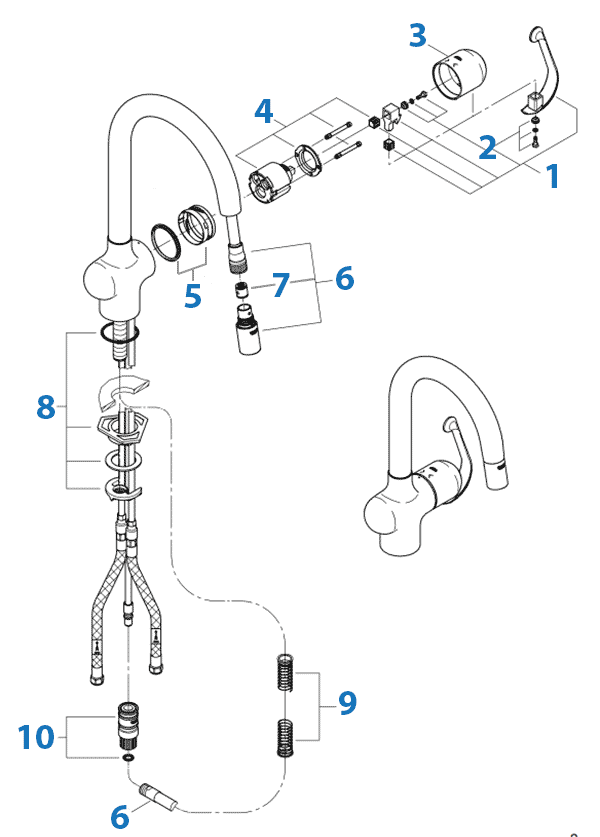




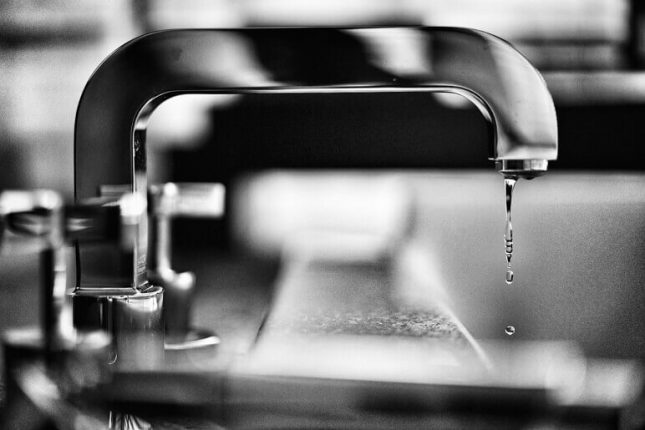





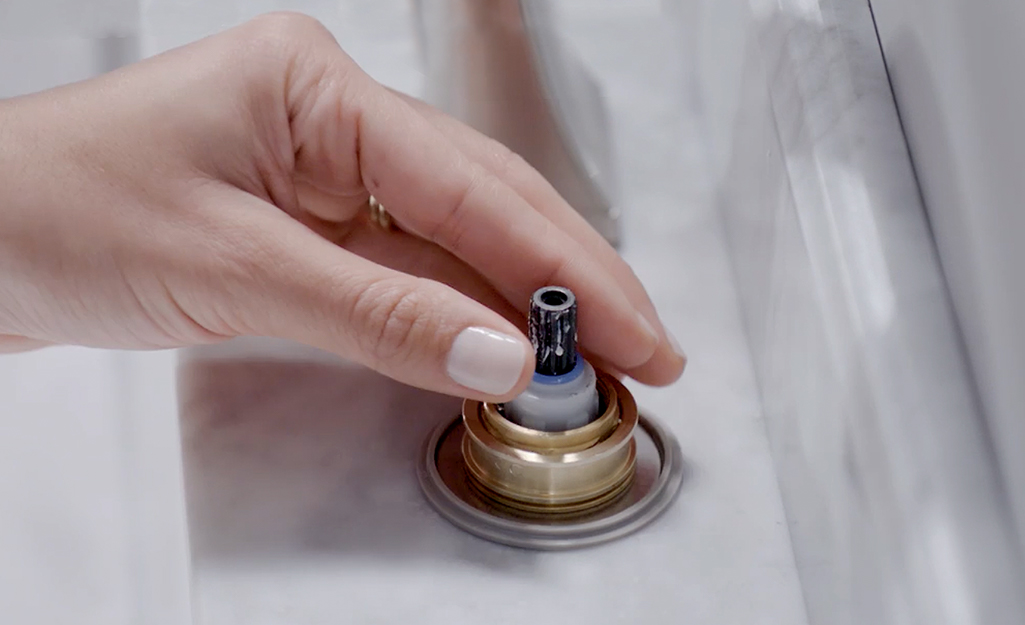




:max_bytes(150000):strip_icc()/the-men-s-hand-opens-the-ball-valve-on-the-collector-1006810456-5c5fc73fc9e77c000159c4af.jpg)






:max_bytes(150000):strip_icc()/testing-water-pressure-in-your-home-2718692-04-c37ab3236d0d4b61b87079ebf9ef823e.jpg)





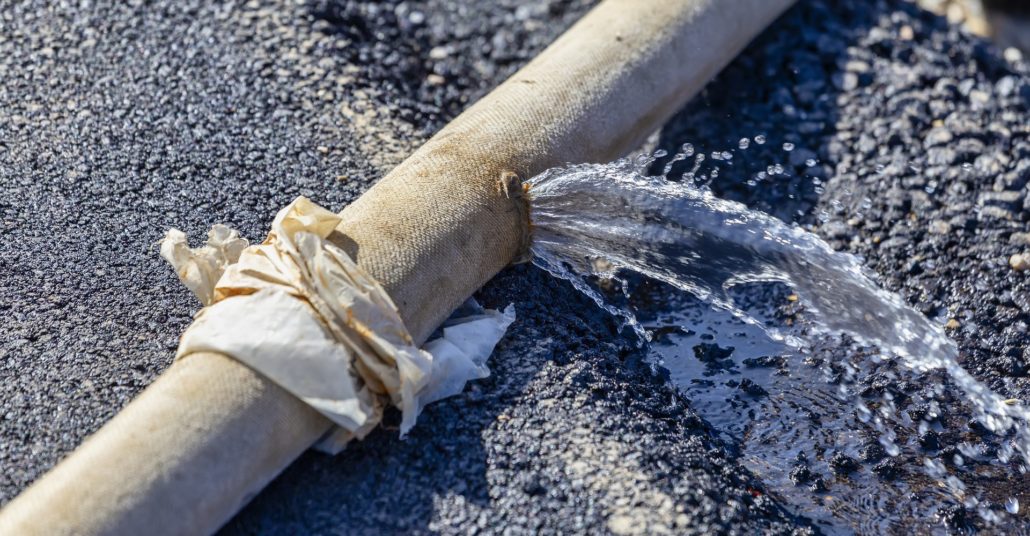




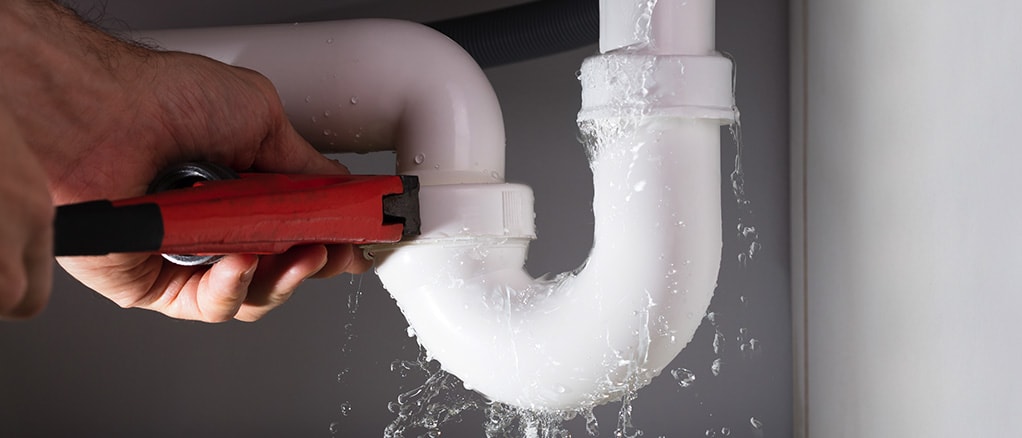
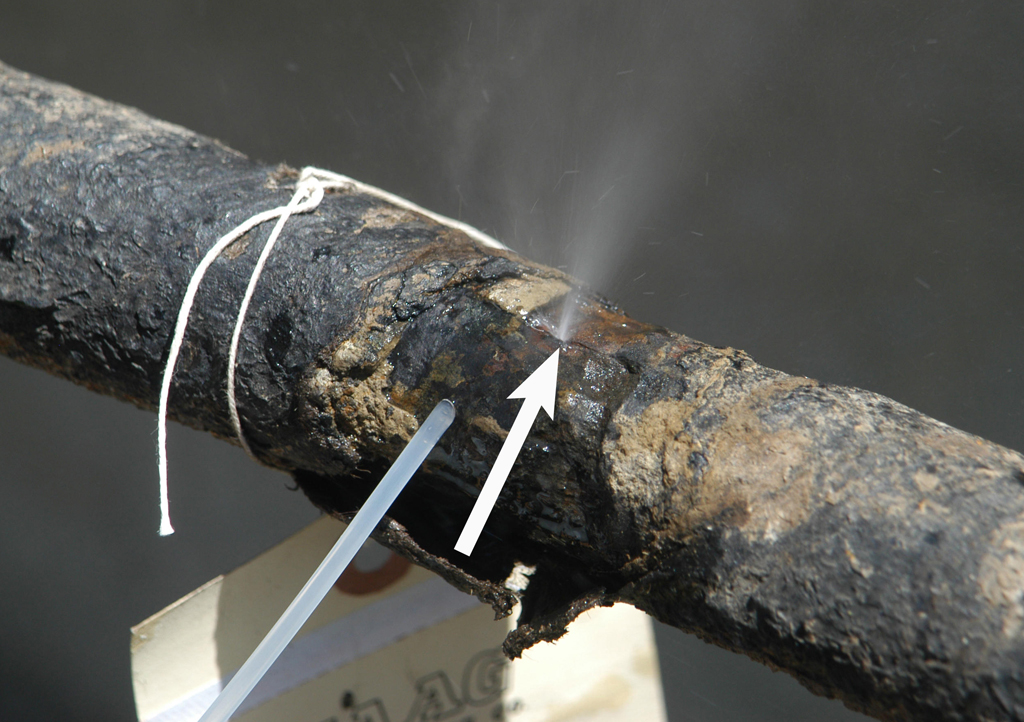
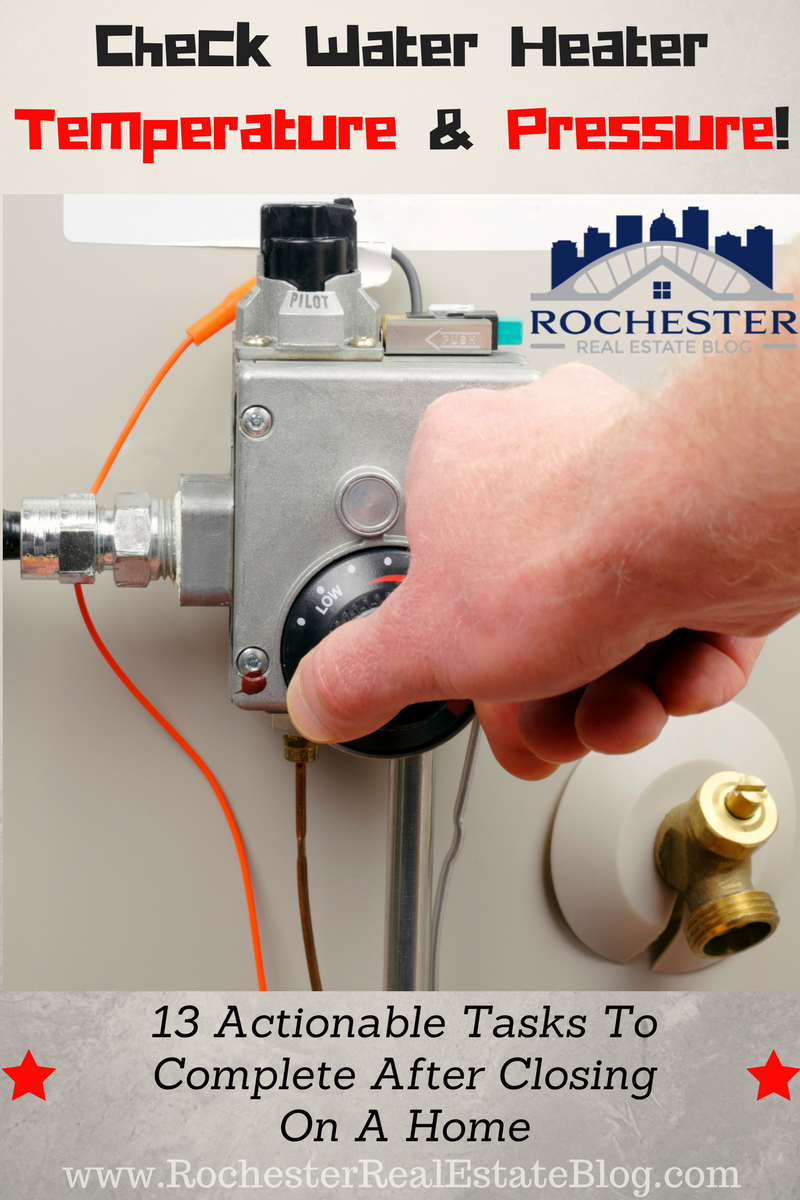


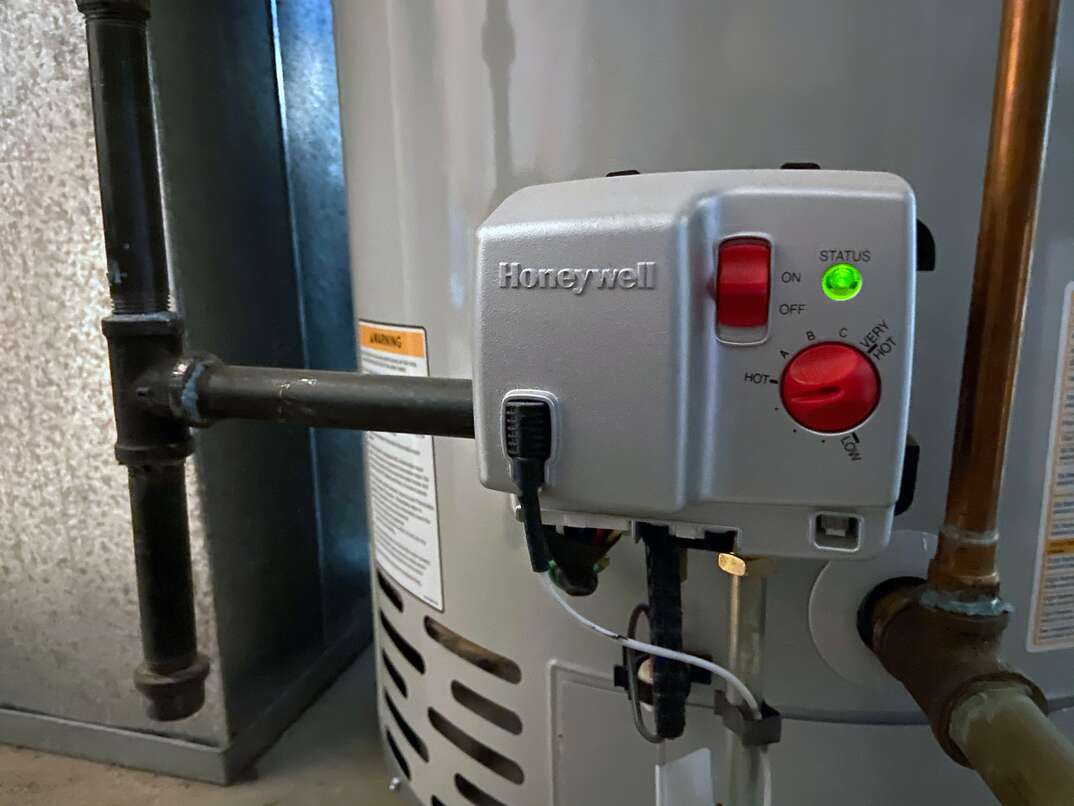
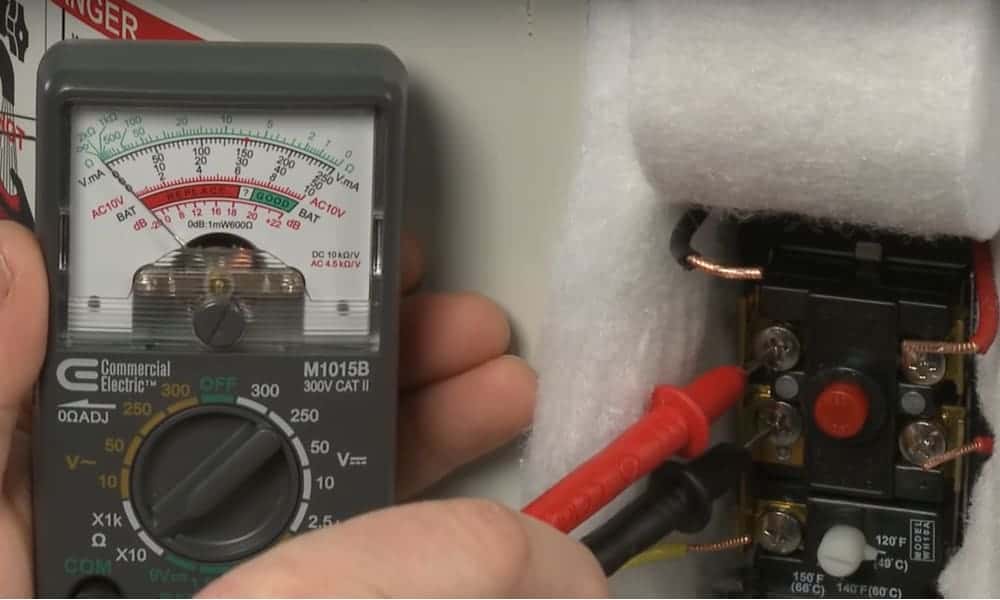

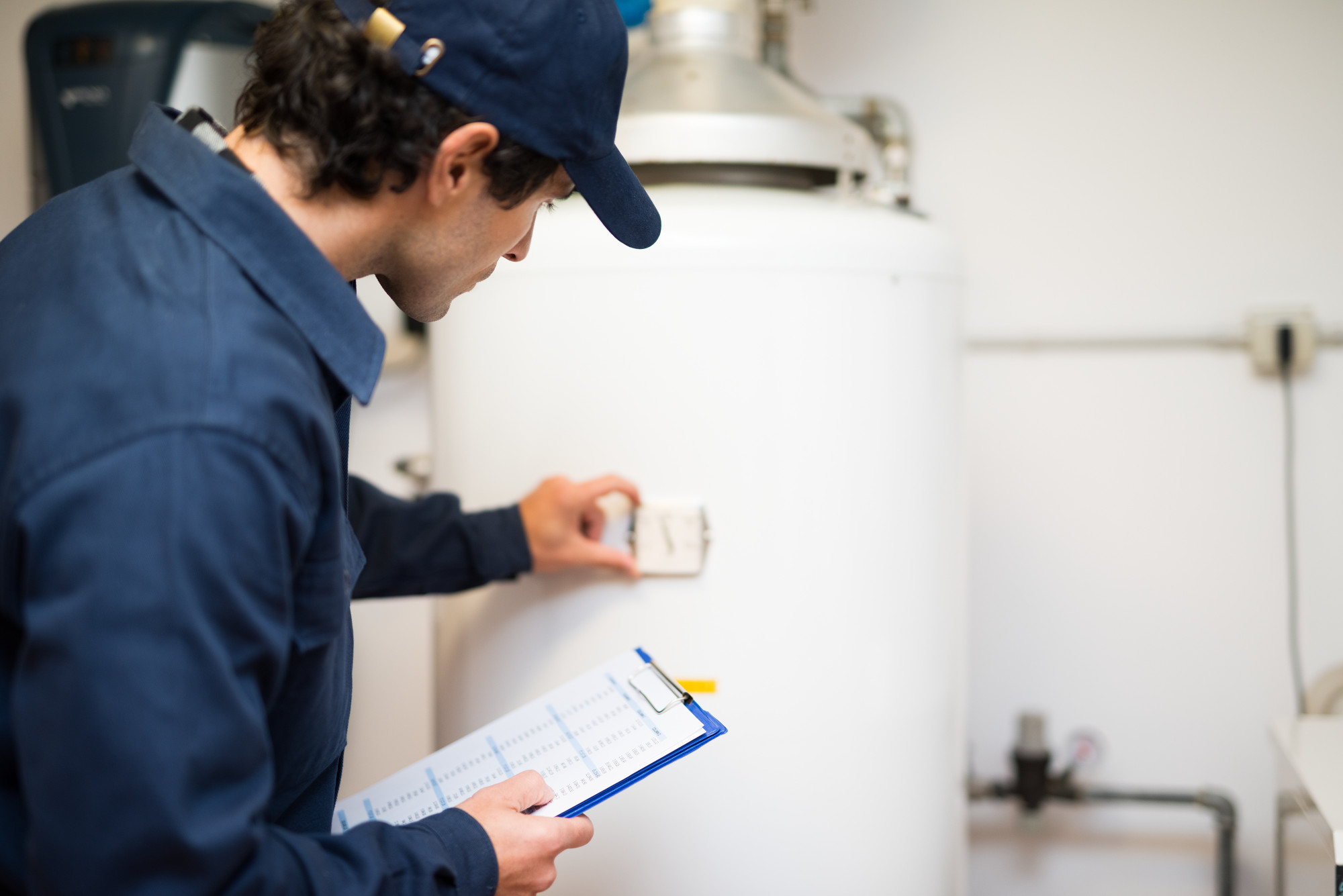



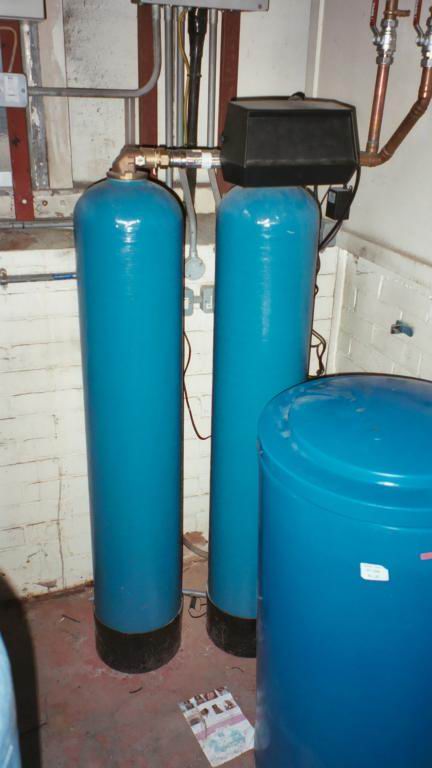
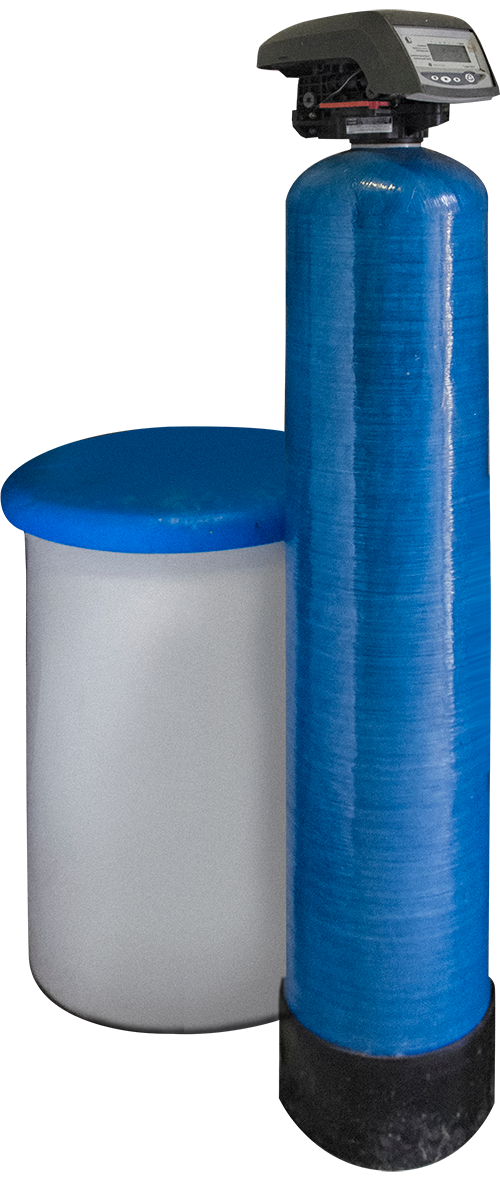
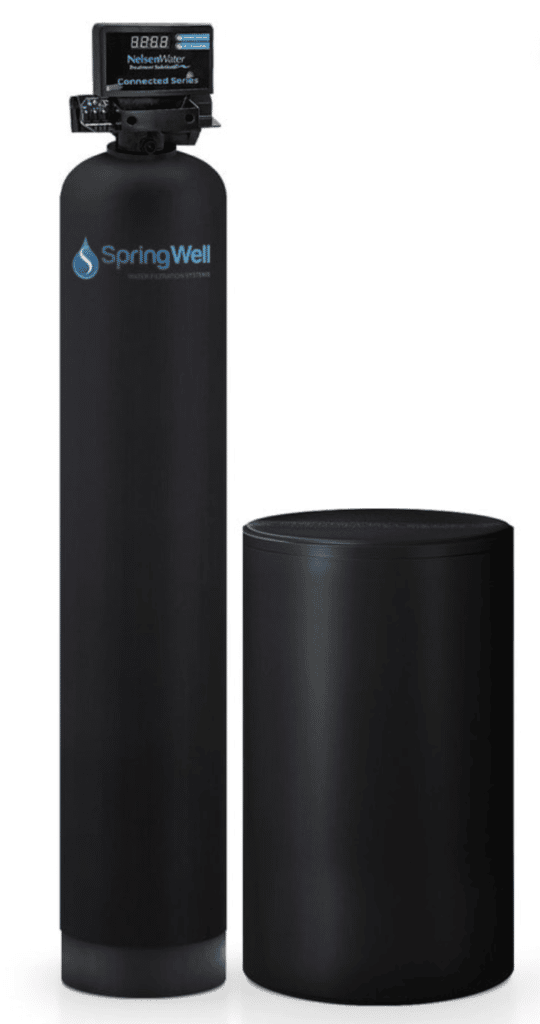
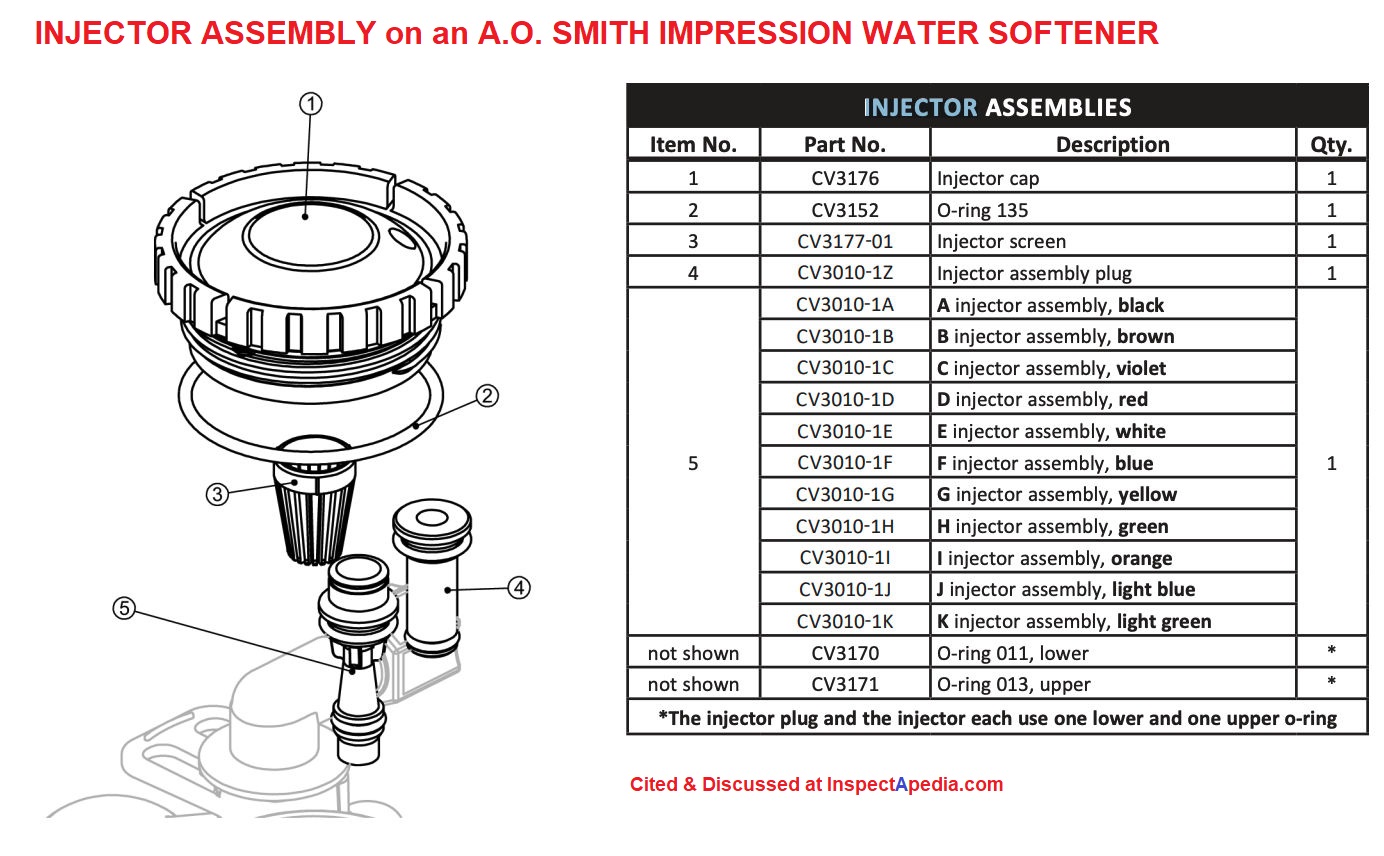
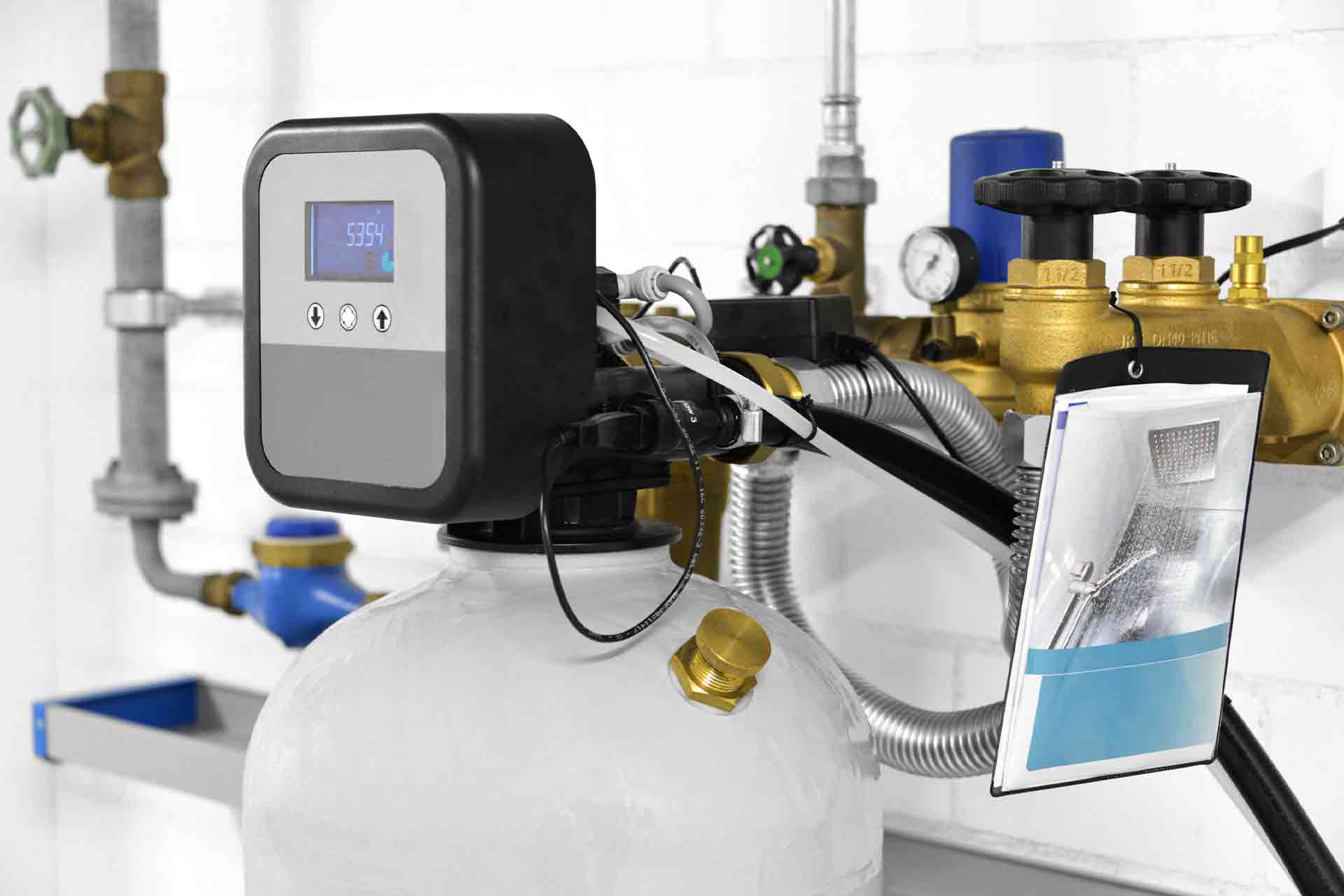

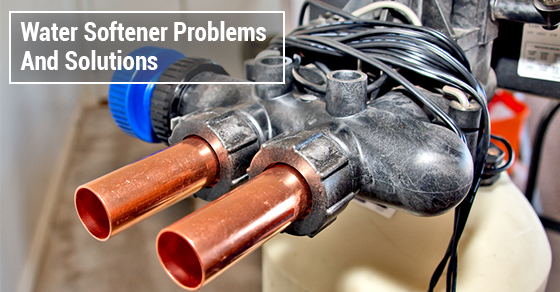
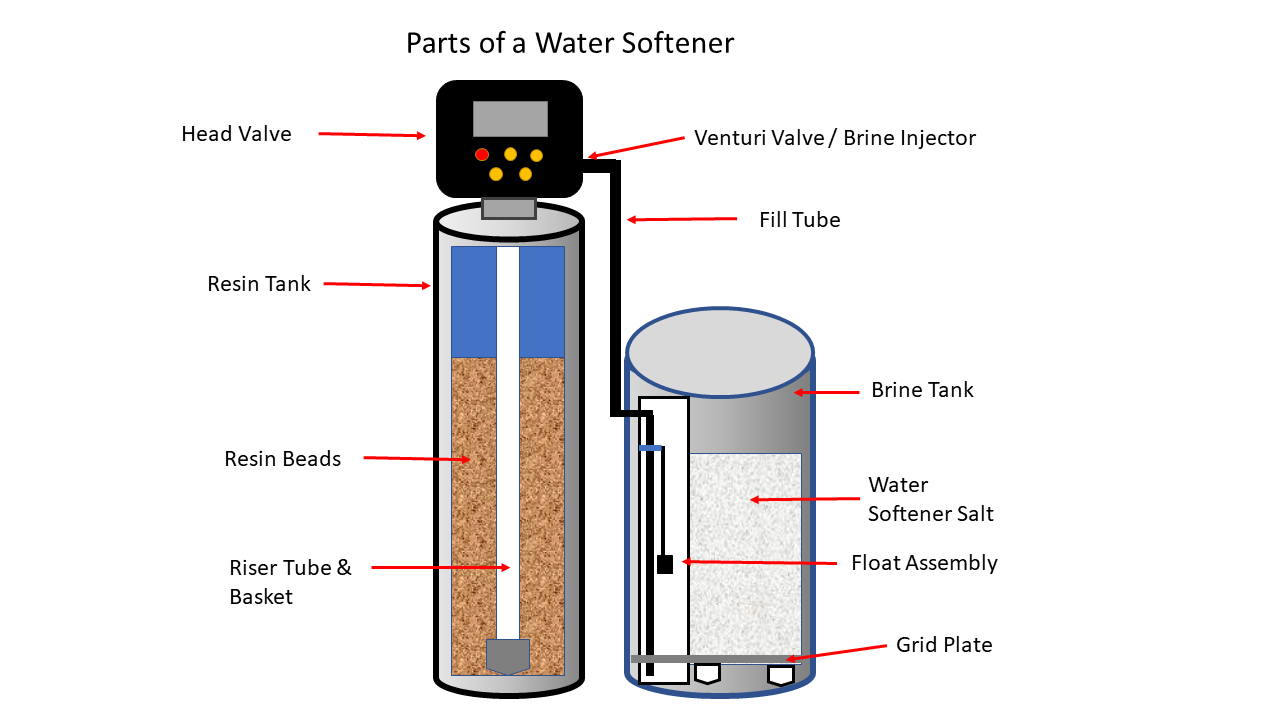

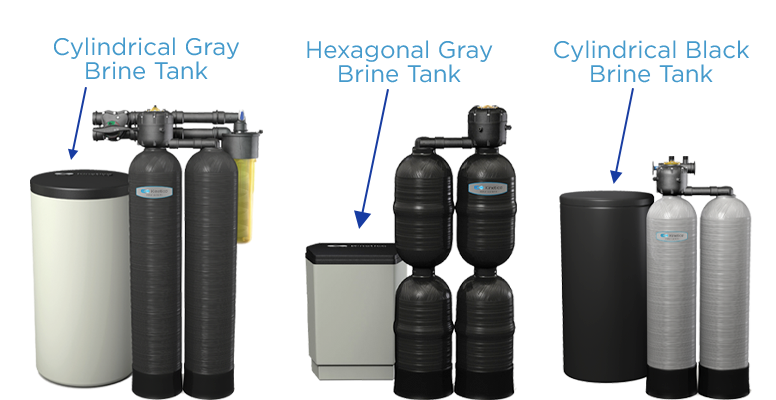






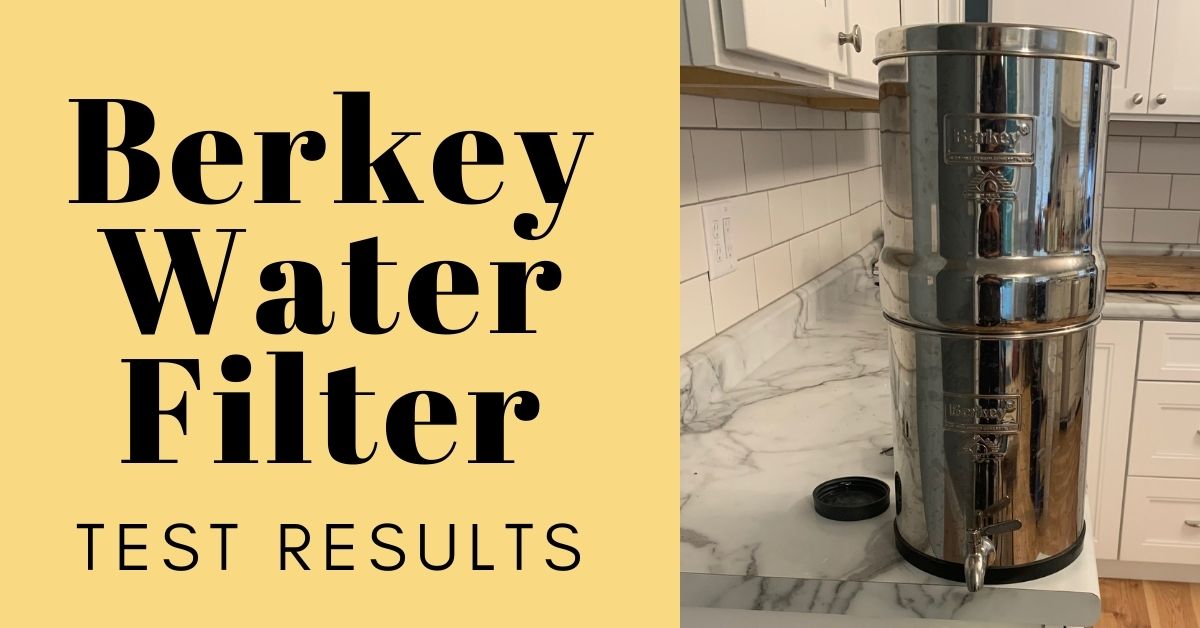

/cdn.vox-cdn.com/uploads/chorus_image/image/63879746/WaterFilter_2.0.jpg)


